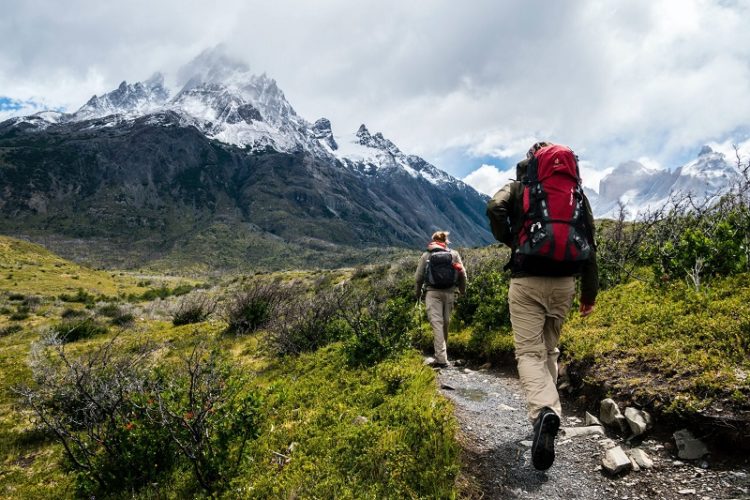Over the past two decades, people have been traveling a lot more than they used to do. The numbers of international tourist arrival have more than doubled since the last twenty years, surpassing the mark of 1.9 billion in 2019, before the pandemic began.
While these numbers provided a lot of economic growth and personal fulfillment, they have come at the cost of many environmental and local communities. As tourism grew, so did grow crowded places, carbon footprints, and unsustainable activities.
Before sharing any tips regarding sustainable travel, let us look at what exactly sustainable tourism is.
Sustainable tourism is all about balance. The balance between economic growth, human well-being, and environmental health.
It focuses on minimizing the negative impacts of tourism so that both the humans and the ecosystem could be benefitted.
This could include measures that we can implement right now or longer-term impacts that will be experienced by future generations.

So here are 5 tips that would help you make your trip an eco-friendly one.
1. Do not follow the herd:
Before the pandemic, some monument became a victim of their own popularity. These historically important places were being visited by so many people that a new phenomenon of ‘over-tourism was introduced.
As a traveler, you can help prevent an increment of overtourism by skipping tourist traps and getting off the beaten path. While it could be tempting to visit the places that everybody else is visiting, exploring a place that is quiet and unadulterated is a far better experience.

2. Slow down and stay for a while:
It is quite hard for a traveler to restrain himself from traveling each and every corner of the destination. After all, this might be the last time you are visiting the place.
While this may seem a better option on paper, you will end up paying more and just ticking the places off your bucket list rather than exploring the place at all.
This would reduce your carbon footprint as well. Moreover, the fast-paced style of traveling is a welcome sign for a lot of stress.

3. Commute efficiently:
In addition to traveling slow and staying a while at a place, you can also help in reducing your carbon emission by choosing efficient modes of transportation.
Approximately 8% of the world’s carbon emissions are caused by travel and tourism. Thus the tourism industry becomes a major threat globally for global warming and other environmental hazards.
Air traveling and driving make up the most part of carbon emissions while traveling. While at the destination, opt for public transports like buses and railways or either cycle down the road to explore your destination.

4. Save water and energy:
Beyond transportation, tourism is also dependent on other energy forms for heating, lighting, and electricity. If you add insensitive water usage by tourists, it would put a lot of strain on local water supplies and energy infrastructure.
Tourists often use more water to meet up their demands than the local residents. Use a shower while taking a bath and keep it as short as possible. Turn off the tap while brushing or hand washing. Also, turn off the electronics when not in use.

5. Visit bio parks and other protected areas:
National parks, biosphere reserves, and other protected areas play an important role in the conservation of natural resources and the biodiversity of the planet.

They are mainly dependent on the revenues generated from tourists visits like entrance fees, operators permits, etc to protect these places and their wildlife.
The money travelers spent here helps in funding the conservation activities necessary to protect these areas while also providing income to local communities.
Also Read: 5 cities of India that have color-coded nicknames:

























